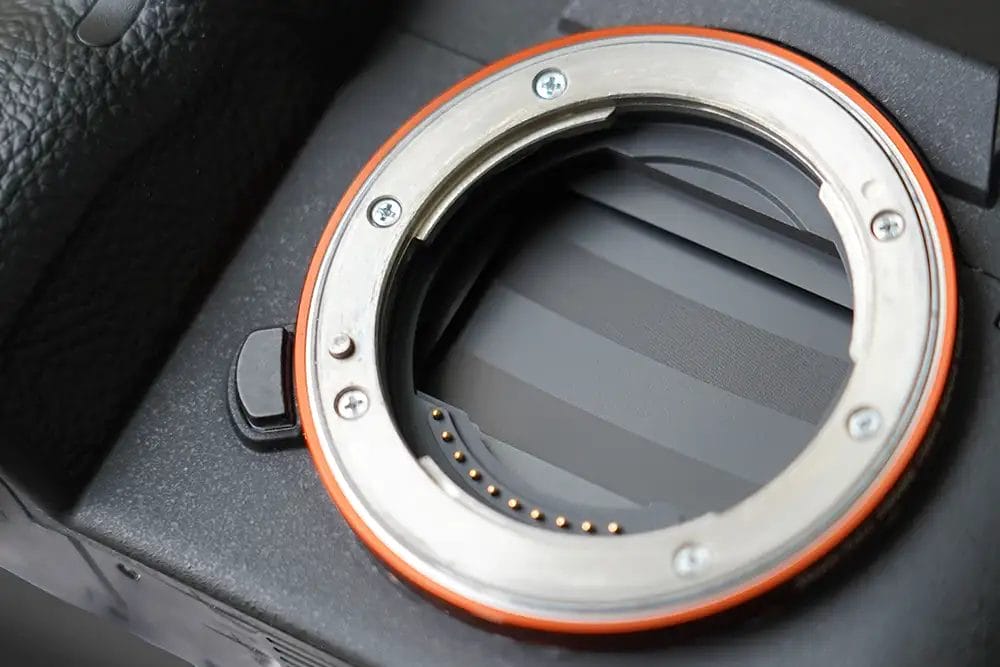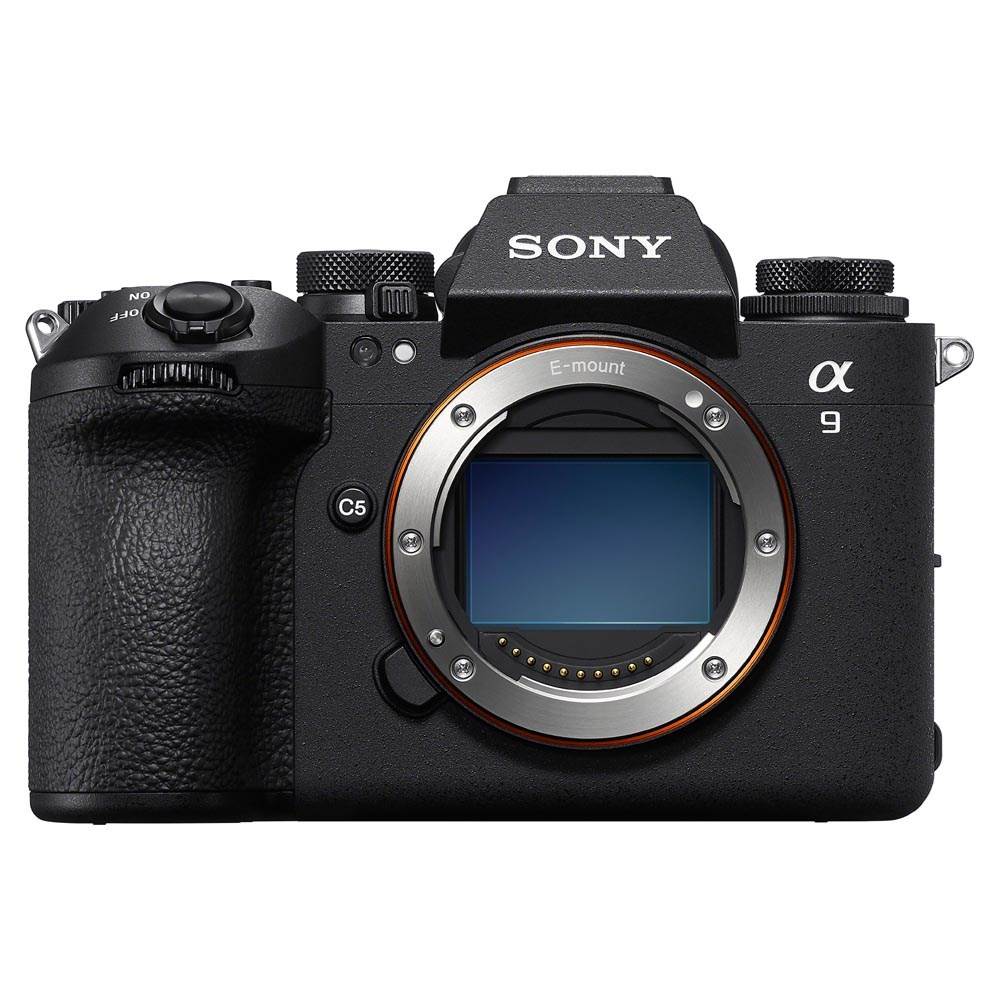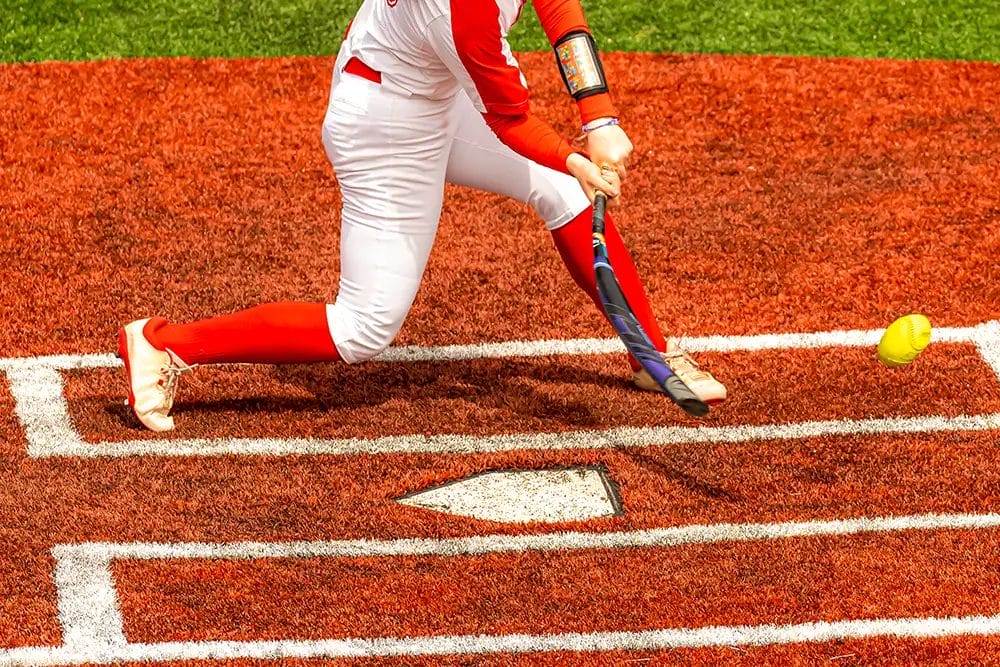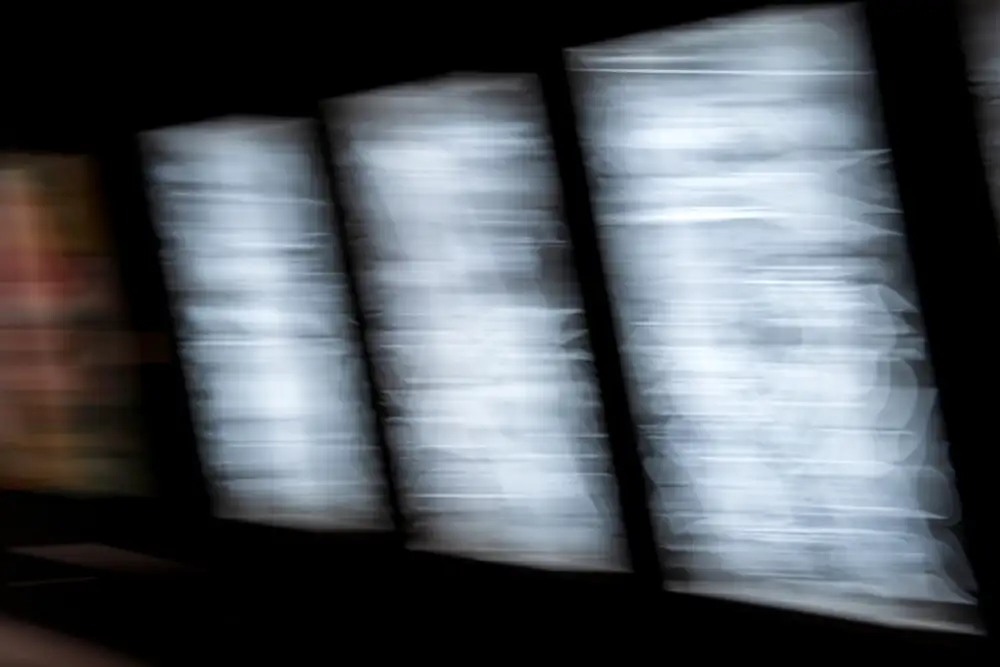
In the evolving world of digital photography, the type of shutter used in a camera plays a pivotal role in image quality and performance. This guide delves into the nuances of global shutters and rolling shutters, two dominant technologies in modern digital cameras. By understanding these mechanisms, photographers can make informed decisions about their equipment and optimise their shooting techniques.
Global and rolling shutters fundamentally differ in how they capture images. A global shutter captures the entire image simultaneously, while a rolling shutter scans the image sequentially. These methods have unique implications for image quality, particularly in scenarios involving fast motion or low light.
Global shutters function by exposing the entire sensor to light at the same time. This simultaneous exposure ensures that every part of the image is captured at precisely the same moment, eliminating distortions caused by motion. Shortly, I’ll explain the technical aspects of how global shutters achieve this effect and their impact on image fidelity.
The uniform exposure of global shutters is especially advantageous in high-speed photography, such as sports or action scenes, where capturing split-second moments is crucial.
I’ll also talk about the benefits of using a global shutter in various professional photography scenarios, highlighting its superiority in maintaining image integrity under challenging conditions.

Here’s a more detailed breakdown of how a global shutter functions:
Image Sensor Composition: Digital cameras with global shutters typically use CMOS (Complementary Metal-Oxide-Semiconductor) sensors. These sensors are composed of an array of pixels, each capable of capturing light and converting it into an electrical signal.
Exposure Mechanism: In a global shutter system, all the pixels on the sensor are exposed to light at the exact same moment. This is achieved by opening and closing the shutter (which can be a physical or electronic mechanism) for all pixels simultaneously.
Charge Storage: Once the shutter opens and the pixels are exposed to light, they begin to accumulate an electrical charge proportional to the intensity of the light. In a global shutter system, this process happens for all pixels over the same time period.

Readout Process: After the exposure time, the shutter closes, and the accumulated charge in each pixel (which represents the captured image data) is rapidly transferred to a storage area on the sensor. This transfer happens simultaneously for all pixels.
Data Conversion: The stored charge is then converted into digital data. This process involves an analog-to-digital converter (ADC) which translates the analog charge from each pixel into digital values. These values correspond to the intensity of light captured at each pixel, forming the digital image.
Resetting the Sensor: Before the next exposure, the sensor is reset to clear any residual charge, preparing it for the next image capture.
The key advantage of a global shutter is that it captures the entire scene at the exact same moment, eliminating distortions that can occur with moving subjects or when the camera itself is moving.
This is particularly important in fast-action photography or when capturing images of fast-moving objects, as it ensures consistent and distortion-free images.
However, global shutters are typically more complex and expensive to manufacture than rolling shutters, which is why they are less common in consumer-grade cameras.
Rolling shutters capture images in a sequential manner, exposing different parts of the sensor at slightly different times. This process, often likened to a curtain moving across the sensor, can lead to distortions in fast-moving subjects or when the camera itself moves rapidly. This section explains the operational details of rolling shutters and the typical scenarios where their effects are most noticeable.
Despite their limitations, rolling shutters are more prevalent in consumer-grade cameras due to their lower manufacturing costs and simpler design. This section discusses the practical considerations for choosing a rolling shutter camera, including cost, availability, and situations where the rolling shutter effect is negligible.

A rolling shutter, commonly found in digital cameras, particularly those with CMOS (Complementary Metal-Oxide-Semiconductor) sensors, works by exposing different parts of the image sensor to light at different times.
This sequential exposure process is what distinguishes it from a global shutter, which exposes the entire sensor simultaneously. Here’s a detailed explanation of how a rolling shutter functions:
Sensor Composition: Like global shutters, rolling shutters use an array of pixels on the sensor, each of which captures light and converts it into an electrical signal. These sensors are often CMOS due to their efficiency in readout speed.
Sequential Exposure: In a rolling shutter mechanism, the sensor’s pixels are exposed to light not all at once, but in a sequence. This is typically achieved by “rolling” the shutter – either physically or electronically – across the sensor. The rolling process can be from top to bottom, bottom to top, or even side to side, depending on the camera’s design.

Exposure and Readout: As the shutter rolls across the sensor, each row (or column) of pixels is exposed for the same duration, but the start time of the exposure varies.
Once a row is exposed, its pixels begin to convert light into an electrical charge. After the exposure time for a row is complete, the charge is read out and transferred for processing. This means that the top of the image is captured slightly earlier than the bottom (or one side before the other), creating a time lag between the capture of different parts of the image.
Data Conversion: The electrical charge from each pixel is converted into digital data using an analog-to-digital converter (ADC). This conversion process turns the analog signals (representing light intensity) into digital values that form the image.
Image Assembly: The digital data from each row of pixels is then assembled to create a full image. Since each row is captured at a slightly different time, fast-moving objects or a rapidly moving camera can cause distortions or skewing in the image. This is known as the “rolling shutter effect.”
Resetting for the Next Exposure: Once the readout is complete, the sensor is reset to prepare for the next exposure, clearing any residual charge from the pixels.
The rolling shutter method is generally simpler and less expensive to implement than a global shutter, which is why it’s more commonly found in consumer-grade cameras. It’s particularly effective for standard video and photography where high-speed motion isn’t a significant factor.
However, in scenarios involving rapid movement, either of the subject or the camera, the rolling shutter can introduce artefacts like skewing, wobbling, or partial exposure effects (e.g., propellers on planes appearing bent).

This section provides a detailed comparison of global and rolling shutters in terms of image quality and performance. By examining real-world examples and technical specifications, readers will gain a comprehensive understanding of how each technology impacts the final image, especially in dynamic environments.
Choosing between a global and a rolling shutter depends on various factors, including the type of photography, budget, and desired image quality. This section offers guidance on making this decision, considering the unique advantages and drawbacks of each shutter type.
Recent advancements in digital camera technology are narrowing the gap between global and rolling shutters. Improved sensor designs and faster readout speeds are making rolling shutters more competitive in terms of performance.
Looking ahead, the future of shutter technology in digital cameras is promising. This section speculates on upcoming trends and potential breakthroughs, including the development of new materials and electronic enhancements that could revolutionise how we capture images.

Global shutters capture the entire scene at once, eliminating motion artefacts. This makes them ideal for capturing fast-moving subjects like sports, wildlife, or action scenes without any distortion.
They are preferred in high-speed cameras used for scientific research, ballistics tests, or other applications where capturing split-second events accurately is crucial.
Global shutters are more effective in situations with strobe lighting or flash photography, as they ensure uniform exposure across the entire frame. Cameras with global shutters are generally more expensive and less common, especially in consumer-level photography equipment.
Due to their design, some global shutter sensors might have a reduced dynamic range and lower light sensitivity compared to rolling shutter sensors.

Most consumer digital cameras and smartphones use rolling shutters because they are cheaper and easier to manufacture.
In scenarios without rapid movement, rolling shutter cameras can produce high-quality images, often with better dynamic range and low-light performance.
Due to the nature of their processing, rolling shutters can be more efficient in data handling, leading to smaller file sizes.
The biggest drawback is the distortion effect (such as skewing, wobbling, or the “jello effect”) in fast-moving scenes or when panning the camera quickly.
Rolling shutters are not well-suited for capturing very fast movements accurately or for use with certain types of flashing lights.
General Photography: If you’re into general photography without fast-moving subjects, a rolling shutter will likely suffice and be more cost-effective.
Action or Fast-Moving Subjects: Choose a global shutter if your focus is on sports, action photography, or any scenario with rapid movement to avoid motion artefacts.
Professional or Specialised Photography: If you’re a professional with specific needs, or if your work involves scientific or high-speed photography, a global shutter is preferable.
Ultimately, the best choice depends on your specific needs, the kind of photography you do most, and your budget. As technology advances, the gap between these two types of shutters is narrowing, with improvements in rolling shutter performance and reductions in the cost of global shutter technology.
(iPhotography may make small commissions from links in this article.)
Discover TOP features in the Lightroom CC mobile app with this guide for enhancing your photo editing skills. For desktop and tablet too.
Shooting sunsets using amazing 5-in-1 magnetic lens filters from Kentfaith, the 1st choice for photo & video products.
Popular memory cards for photography – what’s the best SD card for your digital camera? Choose the right capacity and class speed in our guide
Learn the basics of photography – fast – with our FREE 60-Second Photographer online course. Each class is short and sharp with simple, actionable steps that give you immediate results.
x 30 lessons

© iPhotography™
Become a confident and competent photographer in less than 30 minutes!
Before you leave, make sure you’ve secured your FREE online photography course (worth £29.99)
Each class is just 60-seconds or less making it the fastest and easiest way to learn photography!